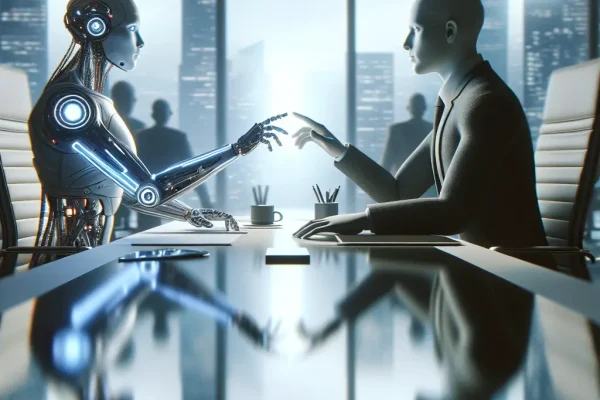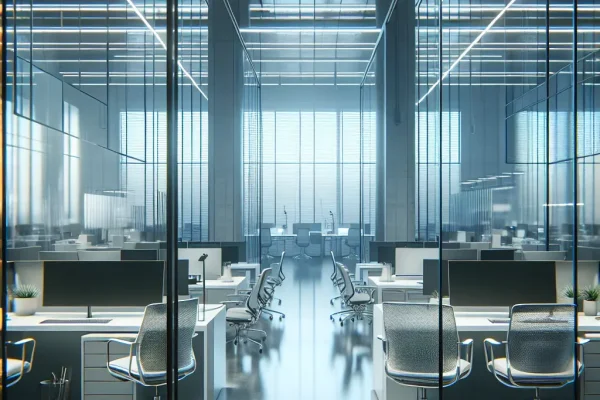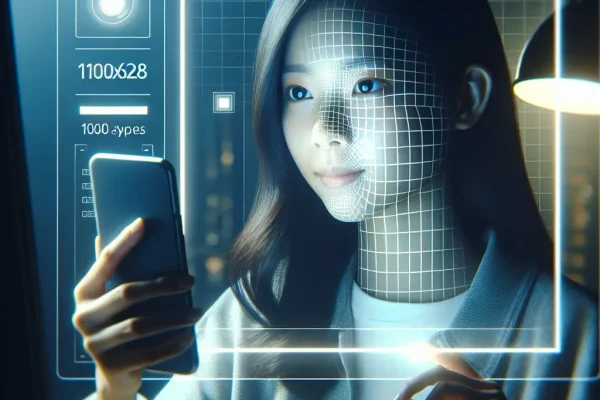Picture this: The world’s most powerful house, a video that goes viral overnight, and a former U.S. president blaming artificial intelligence for scandalous ‘evidence.’ In June 2024, the internet was rocked by a Trump AI fake White House video—a viral clip purporting to show a mysterious bag being thrown from a White House window. Trump’s fiery response—calling it “completely fake” and pinning blame on AI—ignited a fierce debate about authenticity, deepfakes, and the very future of political trust. (CNN)
Why does this matter? In a world where anyone can be made to appear guilty with a few lines of code, how can voters, journalists, and even governments trust anything they see online—especially as we head into one of the most polarized elections in history? This controversy exposes urgent questions about digital truth, the ethics of AI, and democracy’s fragility in the age of viral deception.
The Problem: AI-Generated Political Videos Are Going Viral
“What you’re seeing is not real.” That phrase, once reserved for science fiction, is now a near-daily reality. In June 2024, a video swept across social media, appearing to capture an aide tossing a bag from a White House window. The clip’s visual fidelity and context instantly sparked scandal and speculation: was this an act of wrongdoing or another digital hoax?
Within hours, Donald Trump denounced the video as a “disgusting fake” and alleged it was created by AI to spread political misinformation: “You can’t believe your eyes anymore. They want to frame me and put my team in danger.” (Reuters)
Is AI Being Used to Spread Political Misinformation?
The evidence—and concern—is mounting. According to The Guardian, advanced deepfake algorithms now allow creators to edit facial expressions, lip movements, and body language with terrifying accuracy. Combined with generative AI that can splice realistic backgrounds and audio, these tools can manufacture convincing political videos seemingly out of thin air.
Research by Deeptrace Labs found that corrupted political deepfakes increased by 500% over the last 18 months alone—many designed to sway public opinion or tarnish reputations during campaign cycles.
Why It Matters: Trust, Democracy, and Global Stability at Stake
The stakes could not be higher. If the public cannot distinguish between real and fake videos, the credibility of not just politicians but of democratic institutions themselves is thrown into question. Voters face “information vertigo”—overwhelmed, skeptical, and at the mercy of whichever video goes most viral.
According to the Pew Research Center, 72% of Americans are worried about AI-generated content leading to confusion about what is real online. Nearly half say it makes them less likely to trust news—even from established sources.
- Economy: Viral fake videos can sink stock prices and spark panic.
- Jobs: Trust in journalism and media organizations erodes, threatening jobs and ad revenue.
- Global Relations: One convincing fake could trigger diplomatic crises—or even violent conflict.
Expert Insights & Data: The Science Behind Deepfakes and Detection
How Can You Tell if a Video is Fake?
Spotting a deepfake is becoming harder by the month. Gone are the days of obvious oddities—like warping faces or robotic voices. Today’s AI-generated political videos are so convincing that only forensic experts can reliably debunk them.
- Manual Detection: Watch for unnatural blinking, stilted gestures, or weird backgrounds.
- Technical Tools: Sophisticated algorithms track eye reflections, subtle lip-sync errors, or digital ‘noise’ invisible to the human eye.
“Deepfakes can now evade most amateur spot checks. It’s an arms race,” warns Dr. Jennifer Nguyen, Director of AI Security at Stanford University. Even advanced deepfake detection methods, such as analyzing frame-by-frame inconsistencies or measuring artifacts in compression, report a 20–30% failure rate on new forgery models.
Facebook’s Deepfake Detection Challenge found that, as of 2024, even the best automated systems correctly identified fakes just 65% of the time. (Deepfake Detection Challenge)
“We are entering an era where seeing is no longer believing. Every viral video could be weaponized,” says Dr. Maureen Ellis, Media Ethics Fellow at MIT.
The Future: Can Trust Recover in the Age of Viral Deepfakes?
The White House viral video controversy is a wakeup call. Experts predict that, without urgent action, AI-fueled disinformation will flood election cycles globally. By 2026, analysts predict nearly 60% of viral political videos will be either manipulated or entirely synthetic (Gartner, 2024).
Yet, there is hope. New detection platforms powered by advanced machine learning can spot deepfakes faster and more reliably. Watermarking technologies—embedding hidden signals in video content—are being tested by social platforms to help trace and certify authenticity. Governments are pushing for AI media transparency legislation, requiring labels on generated content.
Still, experts caution that nothing will fully replace media literacy and a skeptical, informed public. “Fact checks and new AI tools must work together to keep truth alive online,” argues Dr. Ellis.
Case Study: Viral Political Deepfakes—Comparing Impacts
The Trump AI fake White House video is hardly the first to threaten public trust—but it’s certainly among the most explosive. Let’s compare its impact with other recent AI-generated political videos worldwide.
| Year | Country | Incident | Outcome |
|---|---|---|---|
| 2020 | USA | Deepfake video depicting a candidate making racist remarks | Protests, forced retraction, trust erosion |
| 2021 | France | AI-generated video of Macron endorsing far-right party | Quickly debunked, but fueled online conspiracy theories |
| 2023 | India | Faked prime minister speech during elections | International scrutiny, calls for regulation |
| 2024 | USA | Trump AI fake White House video | National uproar, AI in politics spotlight |
Infographic idea: Interactive timeline showing the rise of deepfake political incidents by year, color-coded by country and severity.
Related Links
- [External: MIT analysis—AI & deepfake risks]
- [External: NASA—AI debunking space hoaxes]
- [External: WSJ—How AI fakes are transforming politics]
FAQs: Debunking Viral Deepfakes 2024
1. How can you tell if a political video is fake?
Look for inconsistencies in audio sync, unnatural movement, or oddly lit backgrounds. Forensic AI tools and browser plug-ins can help verify authenticity.
2. Are AI-generated political videos illegal?
Laws are evolving. Some countries are banning deepfakes that intend to mislead voters, but enforcement is patchy and lags behind the technology.
3. Is AI being used to spread political misinformation?
Yes. Malicious actors use AI to create and circulate realistic-looking fake videos or audios, especially during elections, to sway public opinion.
4. What are the latest deepfake detection methods?
Detection relies on advanced AI trained to find visual or audio artifacts, digital watermarks, or comparing suspected videos to originals stored on blockchain.
5. What is the impact of deepfakes on political trust?
Every major deepfake erodes trust in politicians, the press, and digital platforms, making audiences skeptical of even genuine events or statements.
Conclusion: Can We Reclaim Trust in the Age of Deepfakes?
The Trump AI fake White House video is a defining moment—not just for the 2024 election, but for the very foundation of trust in democracy. In an era where anyone can be framed by a viral fake, vigilance, transparency, and smart regulation are non-negotiable. Ultimately, the antidote to digital deception is a blend of advanced detection, ethical AI design, and constant skepticism.
As we hurtle into a future where what we see can be perfectly real and completely fake at the same time, one truth remains: Democracy’s survival may hinge on our collective ability to outsmart our own technology—and to never stop questioning what we see online.


